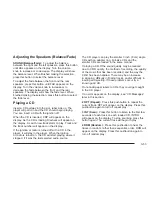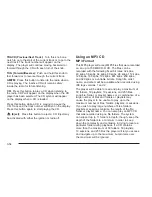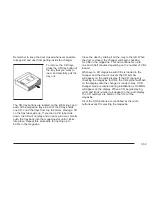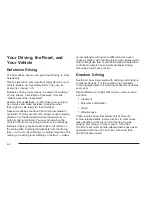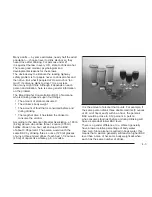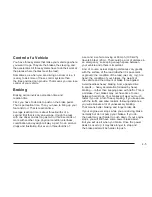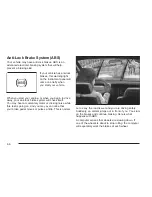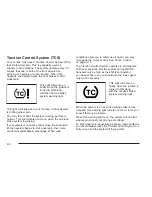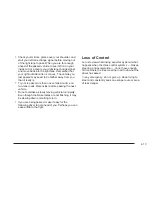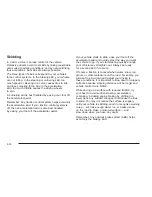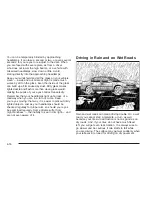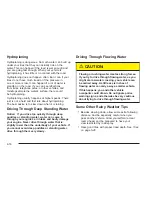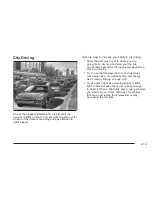
The law in most U.S. states, and throughout Canada,
sets the legal limit at 0.08 percent. In some other
countries, the limit is even lower. For example, it is
0.05 percent in both France and Germany. The
BAC limit for all commercial drivers in the United States
is 0.04 percent.
The BAC will be over 0.10 percent after three to
six drinks (in one hour). Of course, as we have seen, it
depends on how much alcohol is in the drinks, and
how quickly the person drinks them.
But the ability to drive is affected well below a BAC of
0.10 percent. Research shows that the driving skills
of many people are impaired at a BAC approaching
0.05 percent, and that the effects are worse at night. All
drivers are impaired at BAC levels above 0.05 percent.
Statistics show that the chance of being in a collision
increases sharply for drivers who have a BAC of
0.05 percent or above. A driver with a BAC level of
0.06 percent has doubled his or her chance of having a
collision. At a BAC level of 0.10 percent, the chance
of this driver having a collision is 12 times greater; at a
level of 0.15 percent, the chance is 25 times greater!
The body takes about an hour to rid itself of the alcohol in
one drink. No amount of coffee or number of cold
showers will speed that up. “I will be careful” is not the
right answer. What if there is an emergency, a need to
take sudden action, as when a child darts into the street?
A person with even a moderate BAC might not be able to
react quickly enough to avoid the collision.
There is something else about drinking and driving that
many people do not know. Medical research shows that
alcohol in a person’s system can make crash injuries
worse, especially injuries to the brain, spinal cord, or
heart. This means that when anyone who has been
drinking — driver or passenger — is in a crash, that
person’s chance of being killed or permanently disabled
is higher than if the person had not been drinking.
{
CAUTION:
Drinking and then driving is very dangerous.
Your reflexes, perceptions, attentiveness, and
judgment can be affected by even a small
amount of alcohol. You can have a serious — or
even fatal — collision if you drive after drinking.
Please do not drink and drive or ride with a
driver who has been drinking. Ride home in a
cab; or if you are with a group, designate a
driver who will not drink.
4-4
Summary of Contents for 2005 Epica
Page 5: ...These are some examples of symbols that may be found on the vehicle v ...
Page 6: ... NOTES vi ...
Page 18: ...Put someone on it Get it up to speed Then stop the vehicle The rider does not stop 1 12 ...
Page 46: ...A Lower Anchorage B Lower Anchorage C Top Tether A Lower Anchorage B Lower Anchorage 1 40 ...
Page 104: ... NOTES 2 34 ...
Page 107: ... NOTES 3 3 ...
Page 108: ...Instrument Panel Overview 3 4 ...
Page 202: ... NOTES 4 36 ...
Page 214: ...Engine Compartment Overview When you open the hood here is what you will see 5 12 ...
Page 282: ...5 80 ...
Page 314: ...Maintenance Record cont d Date Odometer Reading Serviced By Maintenance Record 6 28 ...
Page 315: ...Maintenance Record cont d Date Odometer Reading Serviced By Maintenance Record 6 29 ...
Page 316: ...Maintenance Record cont d Date Odometer Reading Serviced By Maintenance Record 6 30 ...


